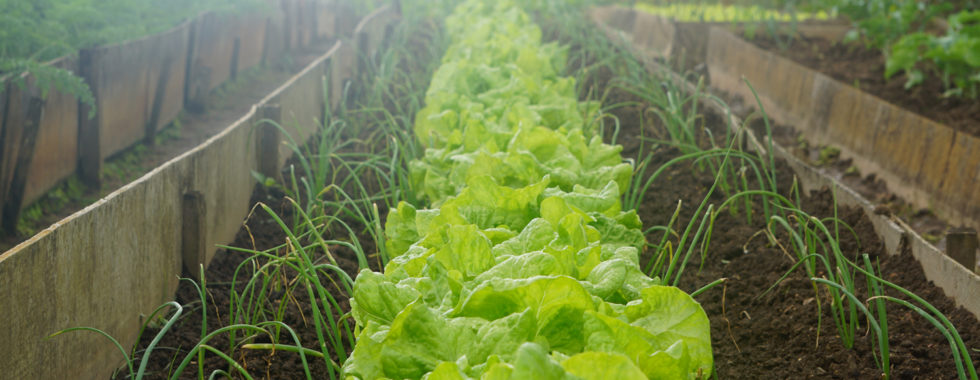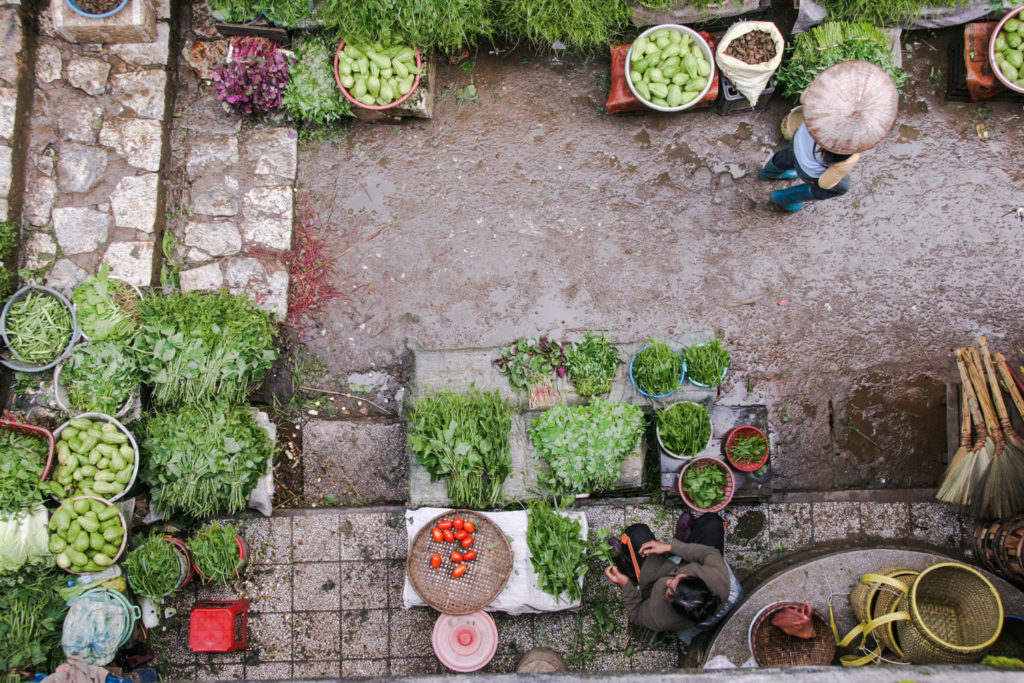Why SA need Urban Farming Today
By Emmie Piertersen
Urban farming has become a word-wide trend. Internationally, urban farms have popped up all over in the last decade, but the seed of urban farming had not yet fallen on fertile ground in South Africa.
The concept of backyard gardens is well-known in our country. Many NGO’s have projects running on small-scale food production in back yards, specifically in poverty stricken neighbourhoods. What we have not yet capitalized on, but should, with urgency, is how it is possible to develop a full-scale farming enterprise in a city, and provide lots of food, and employ significant numbers of people, whilst increasing the general health of the city and preserving nature. Urban gardening can, no should, be profitable and make a difference locally.
Agbiz recently presented the graph below, indicating very clearly how urbanization will make quantum leaps in the next three decades. Currently, approximately 18 million people live in cities in South Africa. By 2050, this number is expected to grow to 50 million.
Food security is about having access to, and being able to afford, sufficient nutritious safe foods. A growing population, alongside diminishing arable land, is a definite threat for food security.
Urban farming is a great way to effectively use unproductive buildings, infrastructure, and rooftops, to feed people. Consider rooftop gardens: they take up minimal space but produce tons of fresh, healthy produce. What is more, this is space that would otherwise go unused. Also consider vertical gardens, where many hydroponic systems are set up vertically, fitting nearly anywhere you would like them, including indoors. Innovative urban farming is the vehicle to providing affordable nutritious meals to the millions of people that will live in our cities by 2050.
Not yet convinced? Here are 20 great reasons for city dwellers to turn into full-scale farmers.
- Urban farming prevents produce from having to be cold-stored or transported hundreds of kilometres; hence it is healthier, more vitamin-dense and fresher. The carbon footprint is also lower.
- In urban food production, less fertilizer and significantly less pesticides are ensuring a healthier and less costly vegetable supply.
- City-farms are a fertile ground for community building, as it brings people together in a positive purposeful manner and creates a sense of belonging
- It also offers opportunity for learning and skills development, as farming is a hands-on activity with specific processes, sequenced actions, and applied principles. City-farm workers can learn and apply the skill on smaller scale at their own homes to feed their families and immediately.
- Urban farming is more productive. With vertical farming – which is possible in urban areas – up to a 100 times higher production can be achieved per square meter, as food can be grown in levels.
- City-farms are more accessible than rural farms and could serve an educational purpose, offering workshops for citizens and school groups on how to produce food at home.
- Good food can be produced with significantly less risk, as it is not dependant on the weather conditions and far less exposed to pests and plagues. Food can be produced organically.
- Urban farming requires less water and less energy.
- Warehouse farming overcome the seasonality of vegetables and fruit, so it can be produced all year round
- Urban farming could be a small-business growth engine. The product will always be in demand, it requires little infrastructure, and the skills are teachable to all; thus, a strong initiative for enterprise development.
- Indoor farming can give consumers access to fresh produce year-round – even those who live in dense, urban areas. In addition to greatly reducing carbon emissions, indoor farming also uses less water than traditional farming and doesn’t require pesticides. Each farming unit is its own individual ecosystem, creating the exact environment plants need to flourish in.
- Setting up urban farms, specifically in unutilized warehouses, are great projects to attract investor funding and CSI grants, as it supports government’s mandate of job creation, enterprise development, skills development, and conservation or sustainability goals such as energy and water saving.
- Less packaging is required in a fresh-food market.
- Less food is wasted, as city farming is a system of harvest-and-eat. Consumer self-help systems are ideal for urban farms, hence there is no disconnect between produce supply and the amount needed. No middleman, and a shorter supply cycle, allow for a harvest what you eat
- City-farms, whether on open land, in warehouses, or on rooftops, are aesthetically pleasing and can be integrated into the architecture of the city.
- City-farms offer air-purification and breathing benefits, as plants purify air and cool down cities.
- Cities that promote urban farming on open spaces, on rooftops and in citizen gardens, have healthier cities. Apart from the healthy food supply, research indicated that in environments with lots of plants, humans focus better, are calmer, and less stressed.
- Rooftops and unused land in urban areas that are turned into city-farms, provide valuable habitats for bees and other pollinators.
- Urban farming offers a productive use for rugged/unused industrial buildings and warehouses that could be turned into green areas.
- Urban produce is a good option for brands that are serious about reducing their carbon footprint, to tackle climate change. They will ultimately attract more consumers looking for fresh, high-quality, ethical food.


